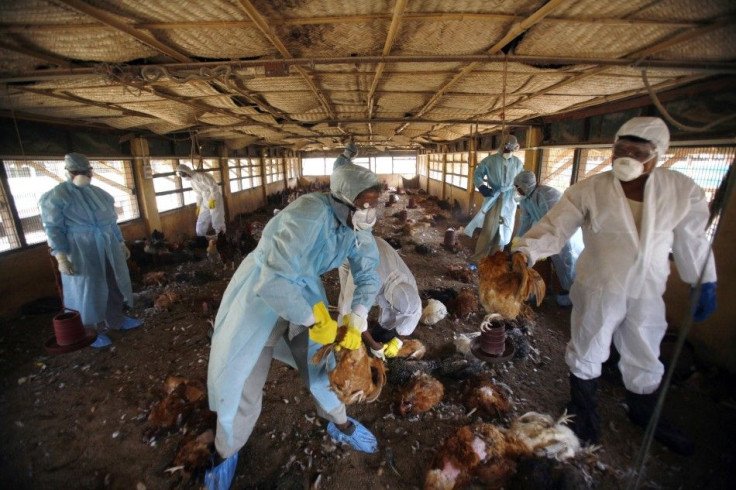New Bird Flu Outbreak in India has PM Concerned

Prime Minister Manmohan Singh began coordinating state governments on Tuesday in an attempt to prevent an outbreak of avian influenza (bird flu) from spreading in India.
The scare in Assam and West Bengal prompted Singh to direct the animal husbandary department to take steps to prevent an epidemic. The prime minister has asked the department to monitor the situation and stay in constant contact with state government officials.
In a statement released online, the federal government urged local authorities to ban the movement of poultry and its products after samples tested positive for the H5 strain of bird flu.
It has been decided to immediately commence the culling of birds and destruction of eggs and feed material to control further spread of the disease, the statement said.
Avian influenza was confirmed in two villages in Nadia district in West Bengal after samples were forwarded to the ERDDL, Kolkata and High Security Animal Disease Laboratory (HSADL), in Bhopal, where they tested positive for H5 strain of avian influenza.
Officials in West Bengal were ordered to furnish daily reports on the containment and control operations.
The Ministry of Agriculture said that poultry will be culled within a three-kilometer radius of the infected area. Surveillance was stepped up to a 10-kilometer radius.
Last month, the U.N. Food and Agriculture Organization (FAO) issued a warning about a possible resurgence of bird flu, saying that a mutant strain of H5N1 was spreading throughout Asia and beyond. It's unclear whether or not the recent outbreak in India is related.
There is no vaccine for the bird flu strain that has emerged in China and Vietnam, according to the World Health Organization. As such, the H5N1 strain poses a threat to human health.
Avian flu doesn't infect humans easily. However, if a group of people become infected, the virus is capable of exchanging genetic material with other human flu viruses, becoming more human-transmissible.
Millions of chickens and ducks have been culled since bird flu first broke out in India in 2006. Over the years, the virus has resurfaced sporadically, often in West Bengal.
© Copyright IBTimes 2025. All rights reserved.






















